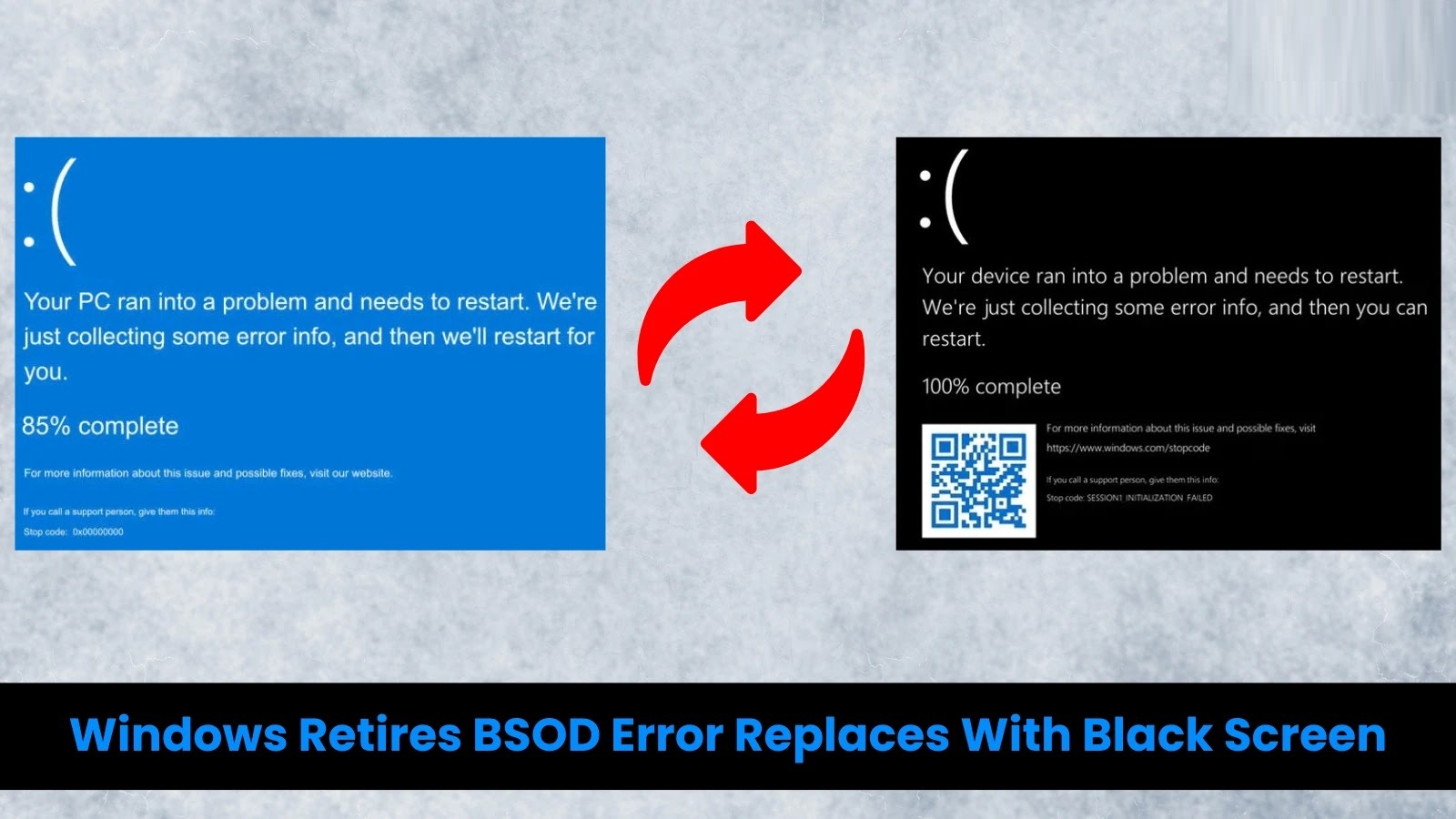On August 7, 2025, Microsoft issued a security advisory concerning a significant vulnerability in on-premises versions of Exchange Server. This flaw, identified as CVE-2025-53786 with a CVSS score of 8.0, poses a substantial risk in hybrid deployment scenarios. Security researcher Dirk-jan Mollema from Outsider Security is credited with discovering this issue.
In hybrid Exchange configurations, where on-premises Exchange servers are integrated with Exchange Online, both environments share the same service principal. This shared identity can be exploited by attackers who have already obtained administrative access to the on-premises Exchange server. By leveraging this vulnerability, they can escalate their privileges within the connected cloud environment, potentially gaining unauthorized access without triggering standard security alerts or leaving clear audit trails.
The U.S. Cybersecurity and Infrastructure Security Agency (CISA) has highlighted the severity of this vulnerability, emphasizing that if left unpatched, it could compromise the identity integrity of an organization’s Exchange Online service.
To mitigate the risks associated with CVE-2025-53786, Microsoft recommends the following actions:
1. Review Security Changes: Organizations should assess and implement the latest security updates for Exchange Server, particularly those pertinent to hybrid deployments.
2. Apply the April 2025 Hot Fix or Newer: Ensuring that the April 2025 Hot Fix, or any subsequent updates, are installed is crucial for addressing this vulnerability.
3. Reconfigure Service Principal Credentials: For organizations that have previously set up Exchange hybrid or OAuth authentication between their on-premises Exchange Server and Exchange Online but no longer utilize these configurations, it’s essential to reset the service principal’s keyCredentials to prevent potential exploitation.
In addition to these measures, Microsoft has announced plans to temporarily block Exchange Web Services (EWS) traffic using the Exchange Online shared service principal. This initiative aims to encourage the adoption of dedicated Exchange hybrid applications and bolster the security framework of hybrid environments.
This disclosure coincides with CISA’s analysis of malicious artifacts, collectively termed ToolShell, which have been deployed following the exploitation of recently identified SharePoint vulnerabilities. These artifacts include Base64-encoded DLL binaries and ASPX files designed to extract machine key settings within ASP.NET applications and function as web shells for executing commands and uploading files.
CISA warns that cyber threat actors could exploit this malware to steal cryptographic keys and execute encoded PowerShell commands to fingerprint host systems and exfiltrate data.
Given the evolving threat landscape, organizations are urged to disconnect public-facing versions of Exchange Server or SharePoint Server that have reached their end-of-life or end-of-service from the internet. Additionally, discontinuing the use of outdated versions is strongly recommended to maintain a robust security posture.



